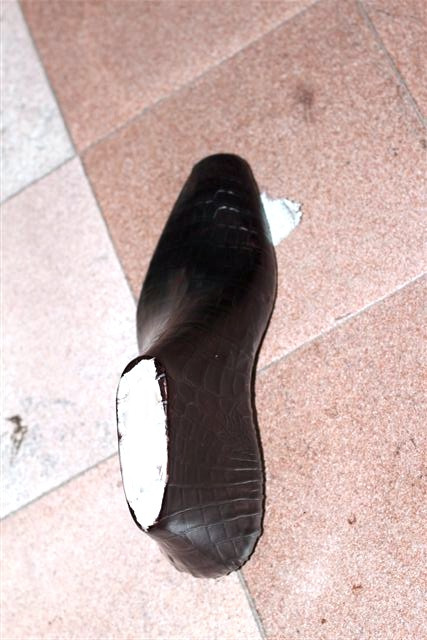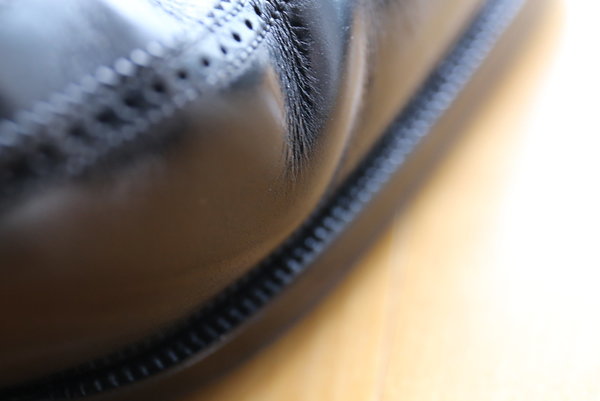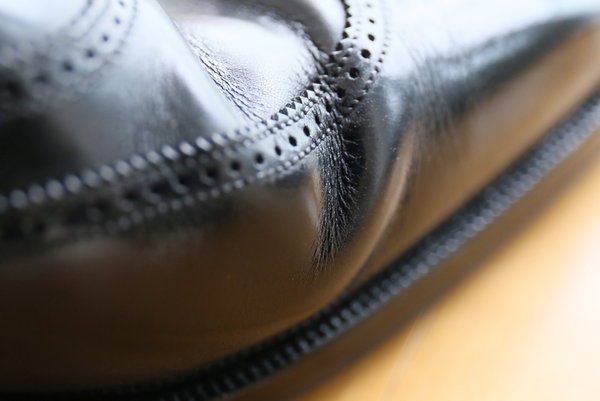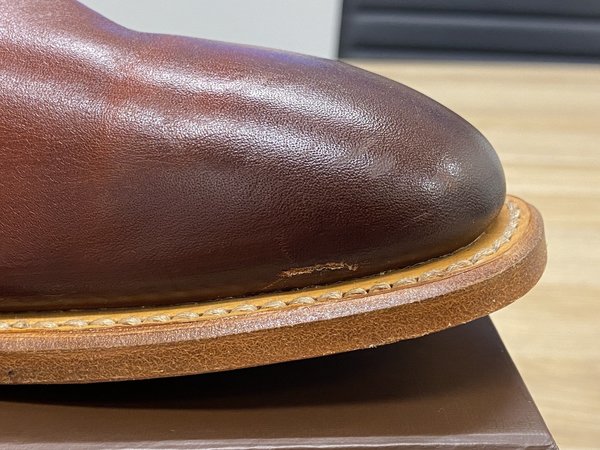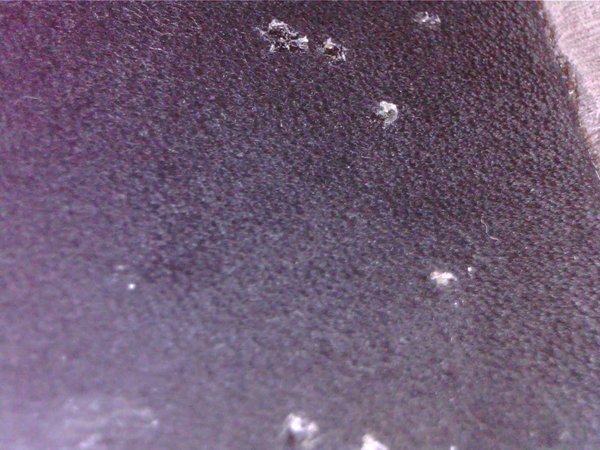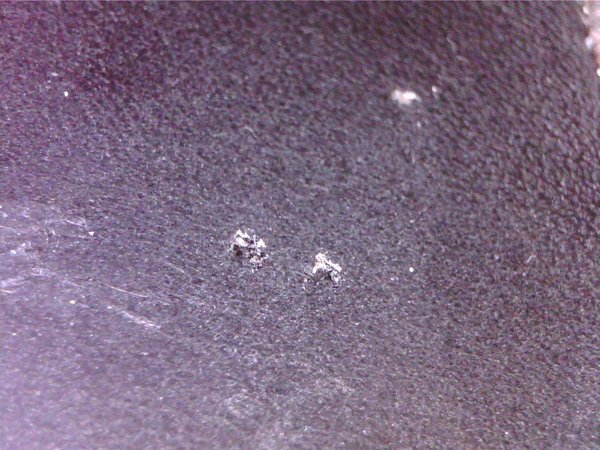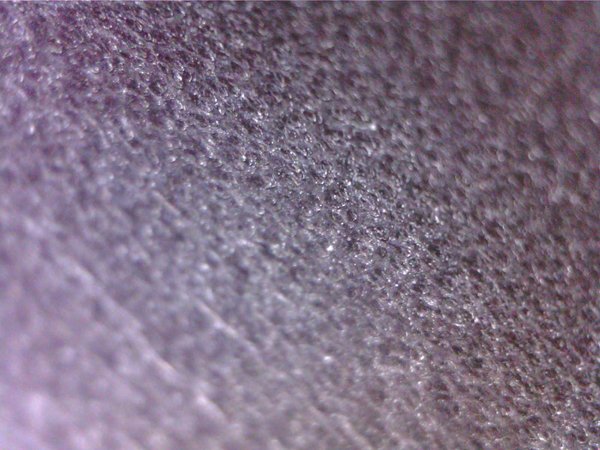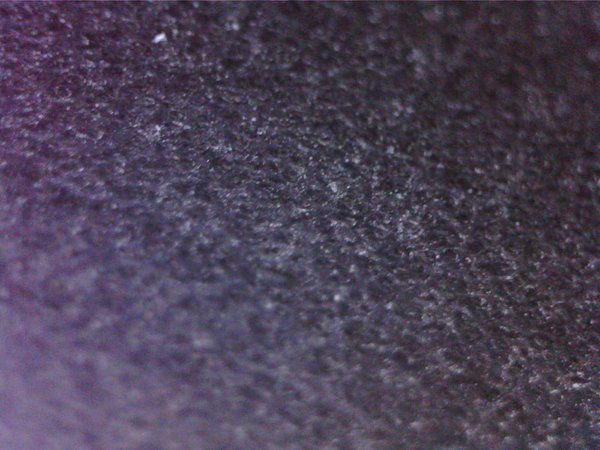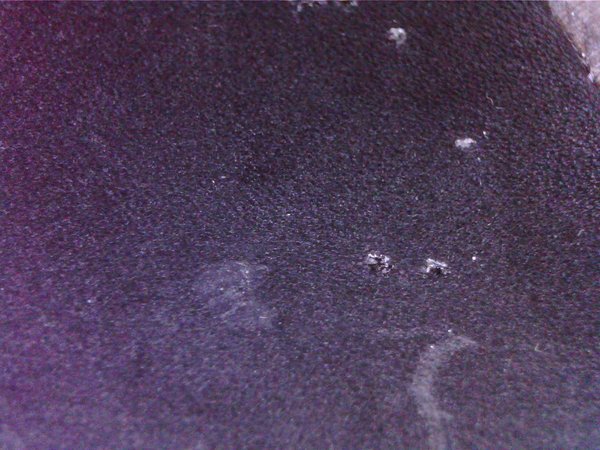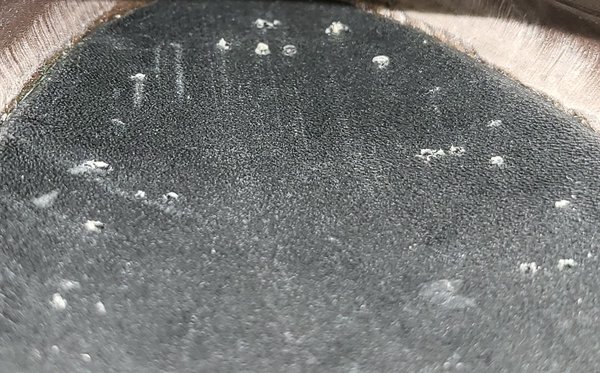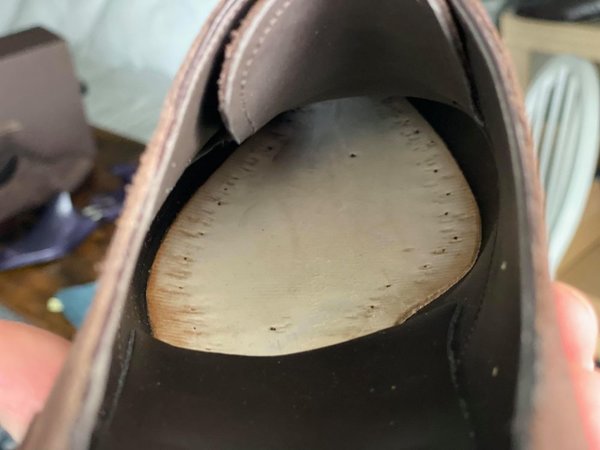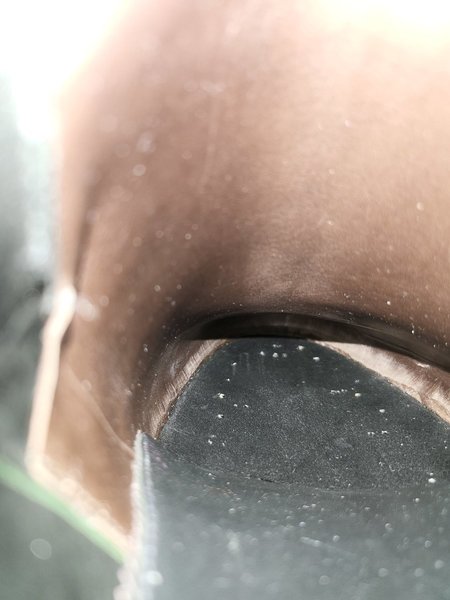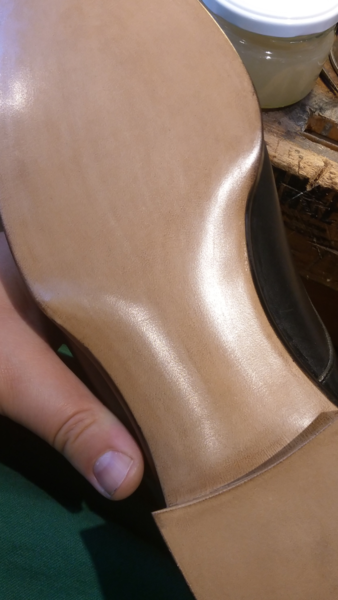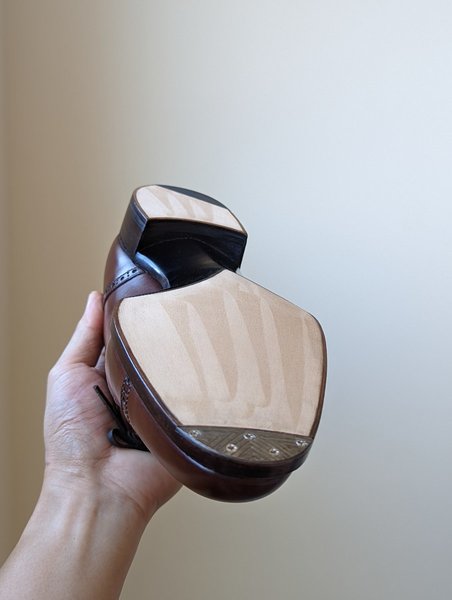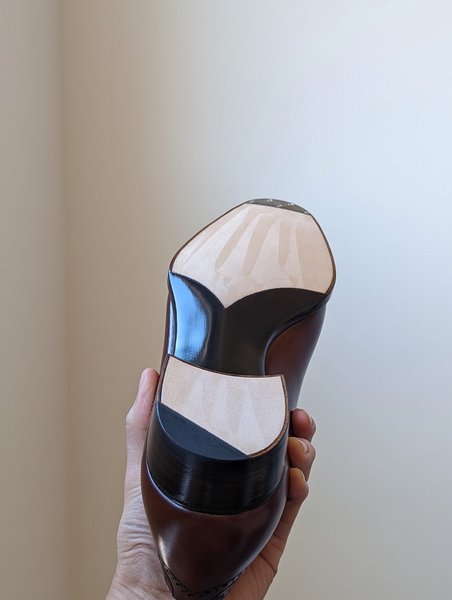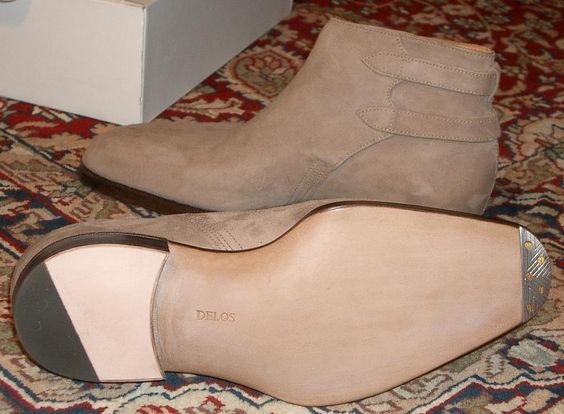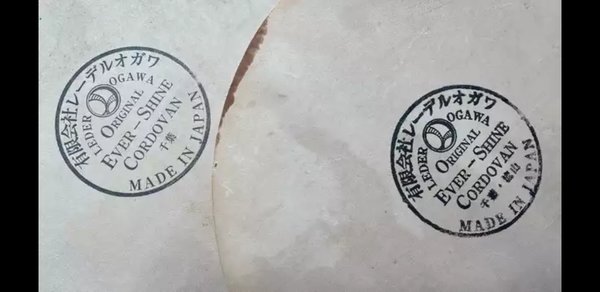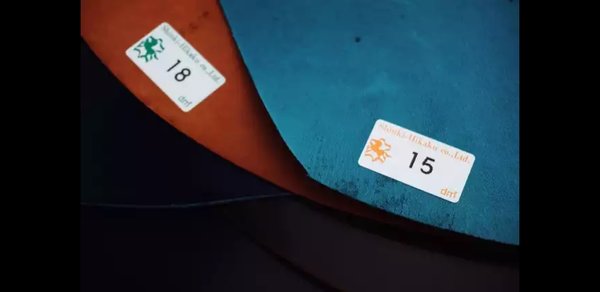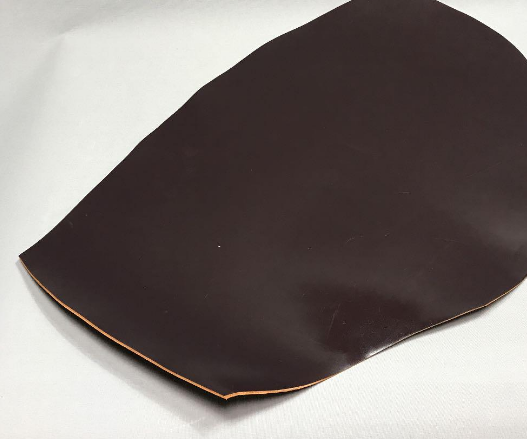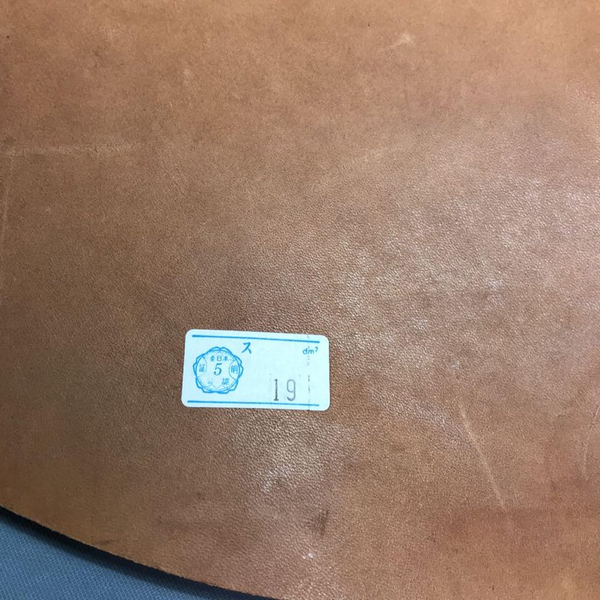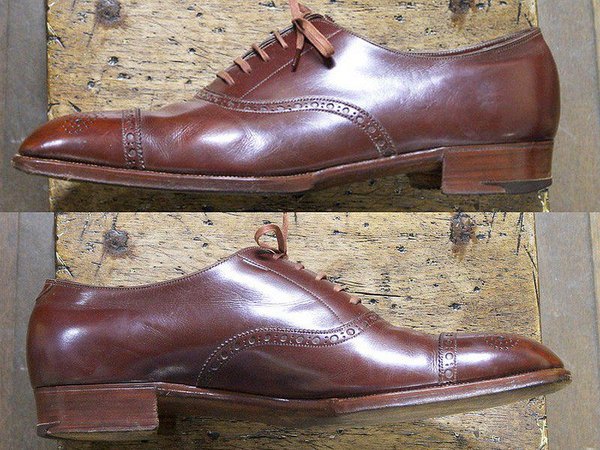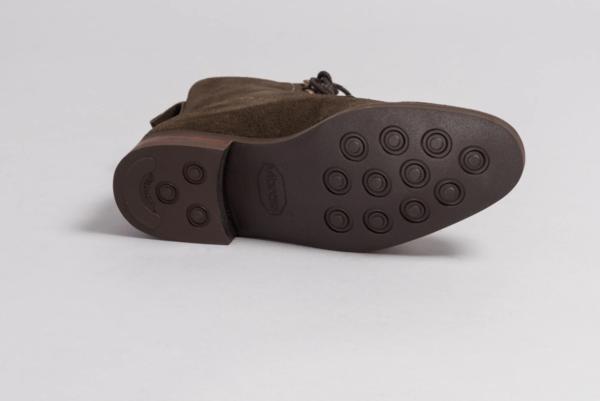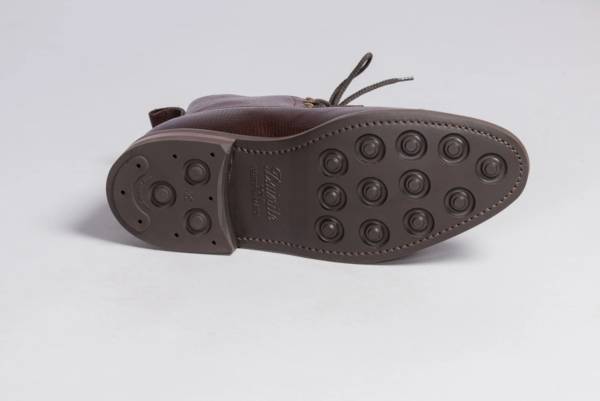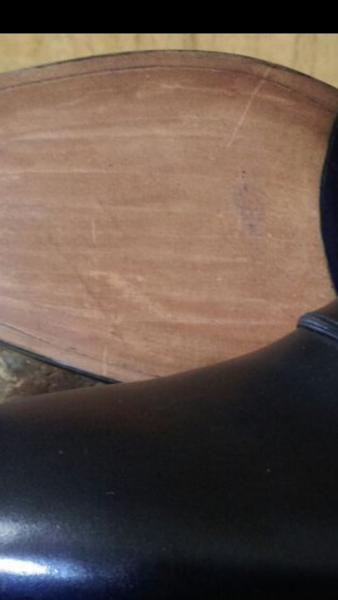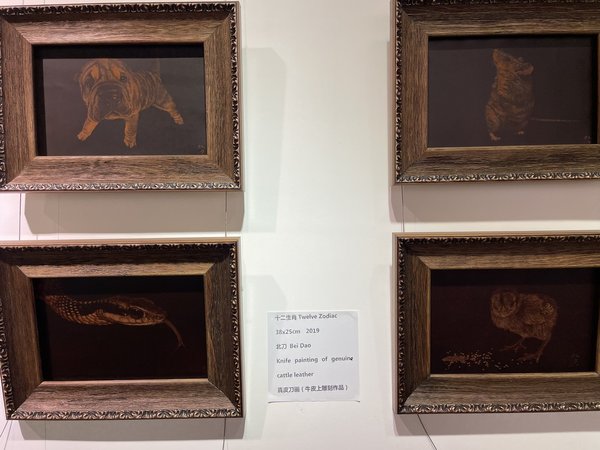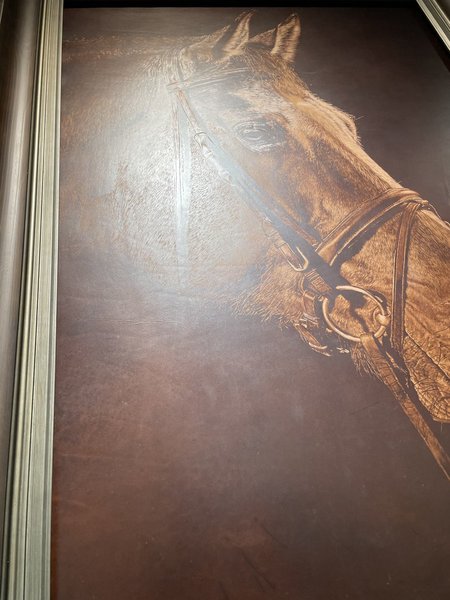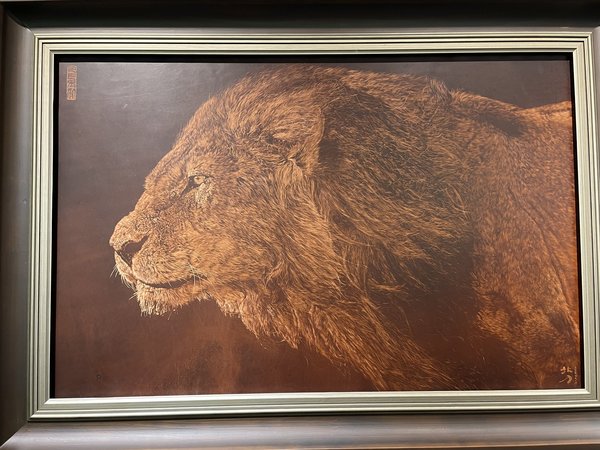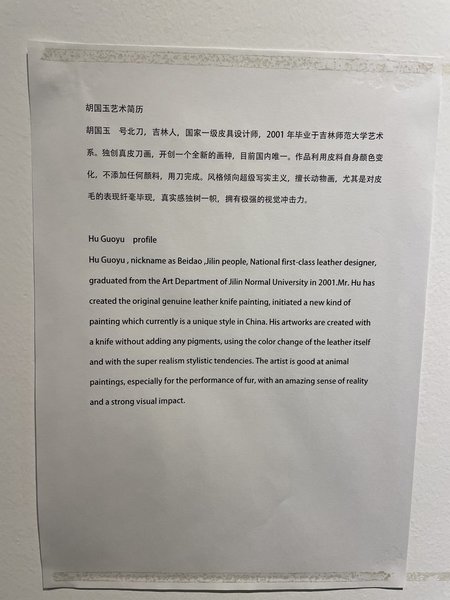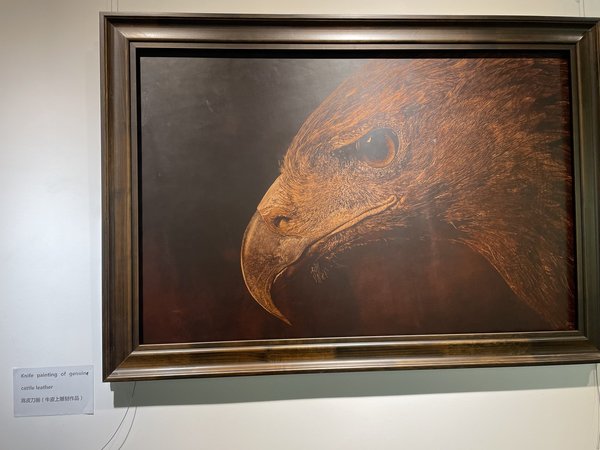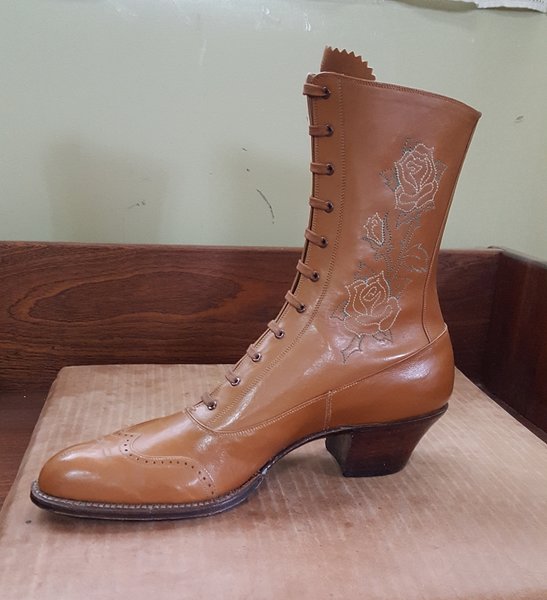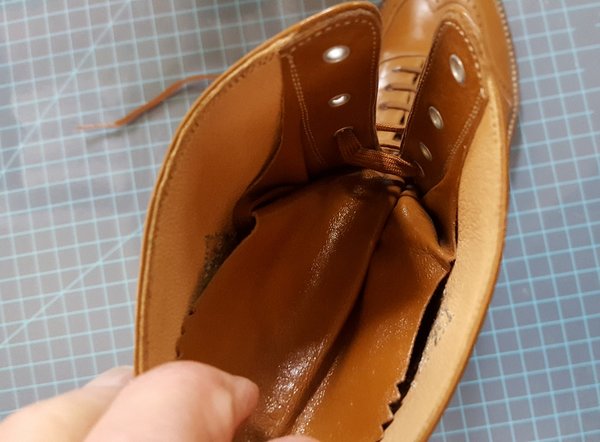Monkeyface
Distinguished Member
- Joined
- Feb 9, 2013
- Messages
- 3,899
- Reaction score
- 4,751
Thank you for the write up, that was very interesting! I have two questions. I don't have any skin in the game nor am I looking for an argument over semantics, I'd merely like to know your professional (whether that be subjective or objective I don't care) opinion. It is not often one has the ability to talk to someone with as much experience as you have. These questions have been debated many times is several threads, often by people who don't know much about shoe construction, so it would be nice to settle it once and for all.
1. What would be the cost difference between a Goodyear welted shoe and a hand welted shoe, assuming all other factors stay the same? 1.5x as expensive, 2x?
2. Do you mean that a €300 hand welted Meermin shoe would be preferable over let's say a €1000 Goodyear welted John Lobb, EG or G&G? If not, when would you prefer hand welted over Goodyear welted?
1. What would be the cost difference between a Goodyear welted shoe and a hand welted shoe, assuming all other factors stay the same? 1.5x as expensive, 2x?
2. Do you mean that a €300 hand welted Meermin shoe would be preferable over let's say a €1000 Goodyear welted John Lobb, EG or G&G? If not, when would you prefer hand welted over Goodyear welted?
Last edited:


